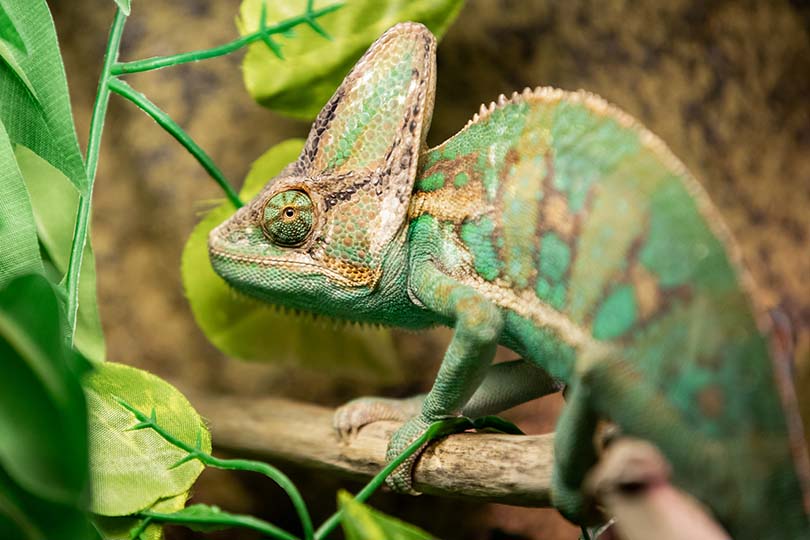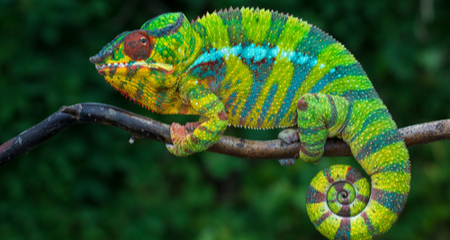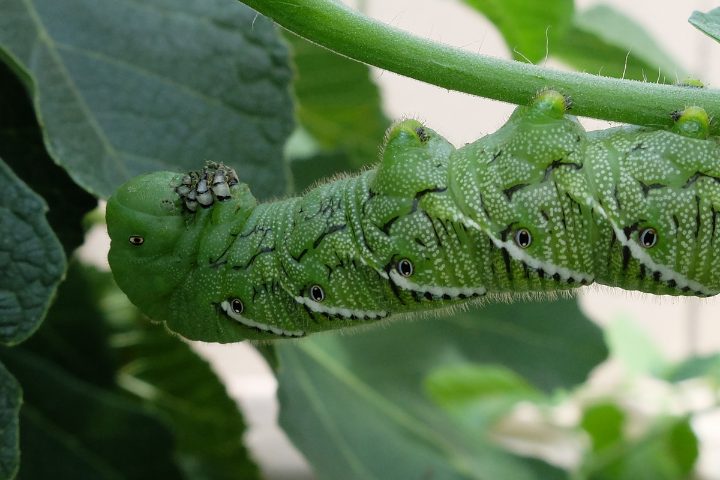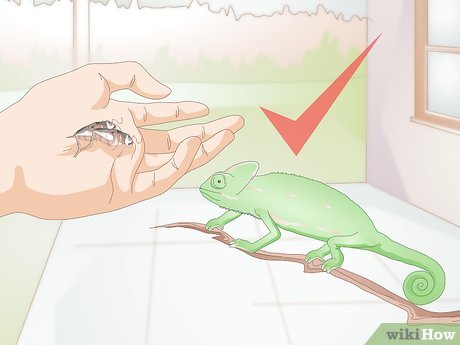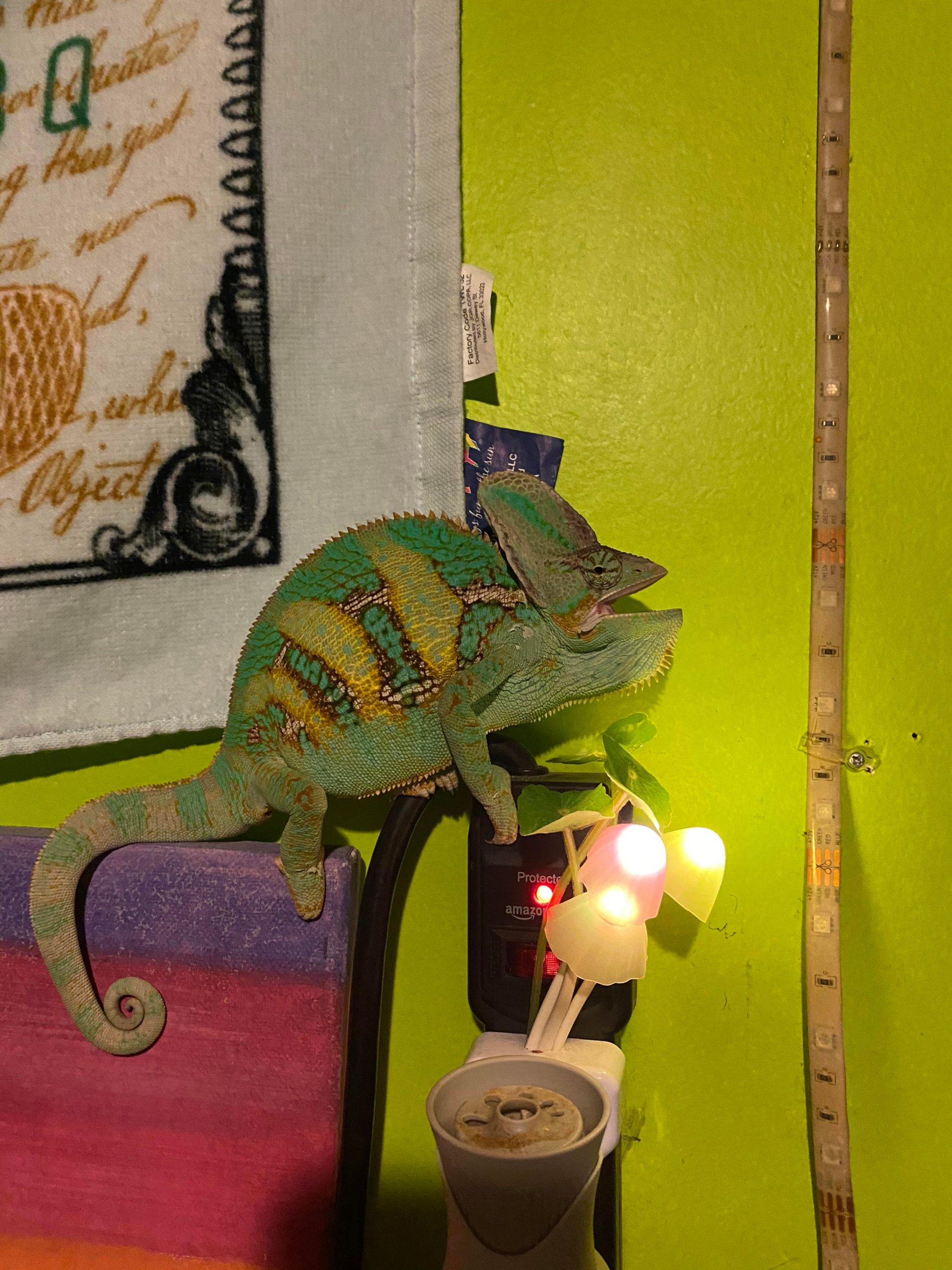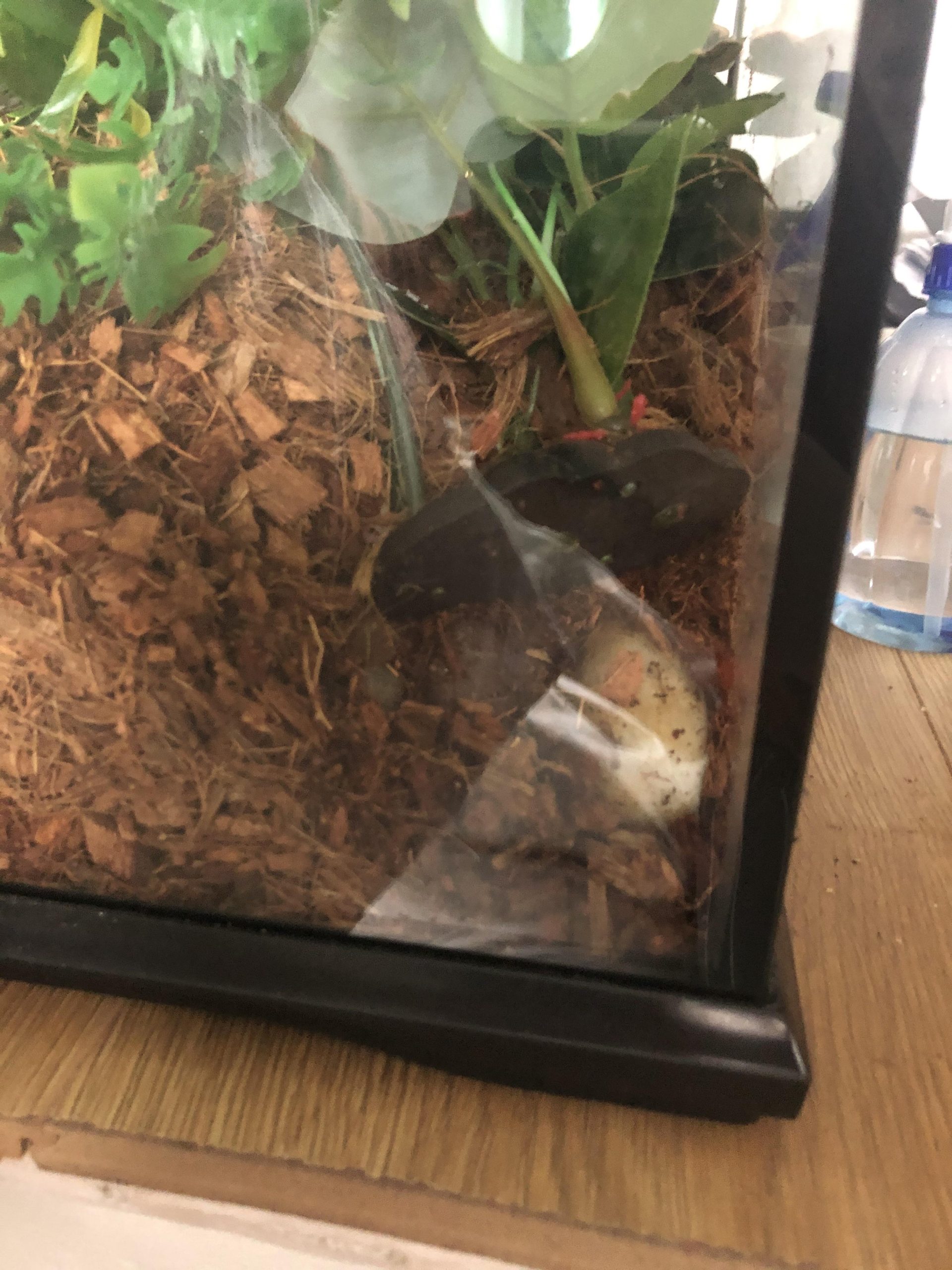How Often Should I Feed My Chameleon
Chameleons need to be fed every day. The frequency of feeding depends on the age and size of your chameleon, but generally, an adult chameleon should be fed twice a day while younger ones can be fed three times a day. Offer meals that are appropriate to their size – small crickets or mealworms for …



